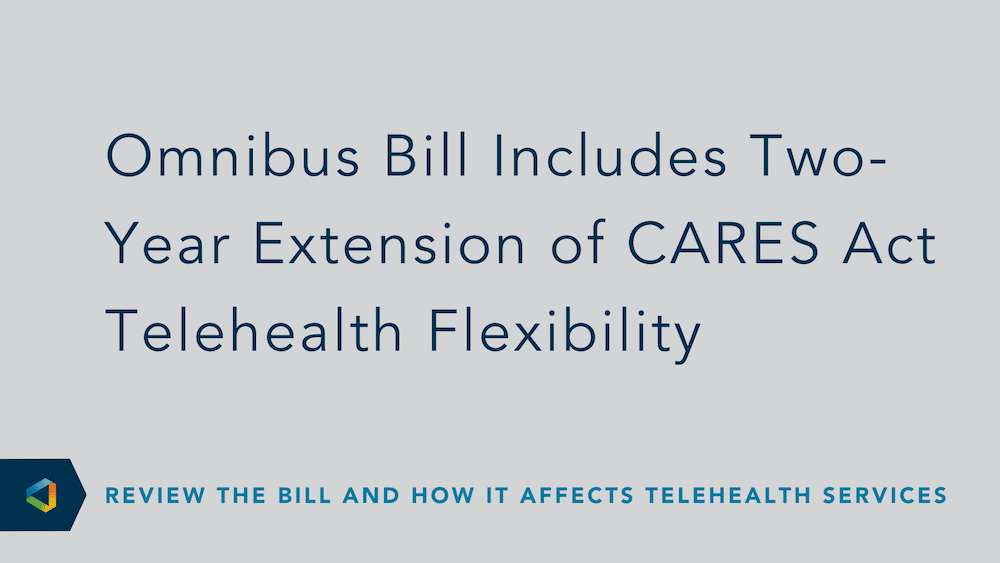Compliance Confidence
High Deductible Health Plans (HDHPs) and Health Savings Accounts (HSAs) Revised 2020 Limits
High Deductible Health Plans (HDHPs) and Health Savings Accounts (HSAs) Revised 2020 Limits
Click here for the 2021 Limits for Health Savings Accounts (HSAs)
The Internal Revenue Service (IRS) released the 2020 cost-of-living revised limits for high deductible health plans (HDHPs) and health savings accounts (HSAs) on May 28, 2019.
The annual limit on HSA contributions increases by $50 for those with self-only coverage and $100 for those with family coverage next year. Below you’ll find the details:
High Deductible Health Plans (HDHPs)
| Account Limits | 2019 | 2020 | Change |
|---|---|---|---|
| Annual deductible minimums | • Self-only; $1,350 • Family; $2,700 |
• Self-only; $1,400 • Family; $2,800 |
• Self-only; $50 • Family $100 |
| Annual out-of-pocket expenses (including deductibles, copayments, and coinsurance, but not premiums) | • Self-only; $6,750 • Family $13,500 |
• Self-only: $6,900 • Family: $13,800 |
• Self-only: $150 • Family: $300 |
| Health Savings Accounts (HSAs) Maximum Contributions | • Self-only; $$3,500 • Family $7,000 |
• Self-only; $3,550 • Family $7,100 |
• Self-only; $50 • Family $100 |
| Catch-up contributions for HSA eligible individuals who are age 55 or older (not subject to inflation adjustments) | $1,000 | $1,000 | No change |
Note that the increase in the HDHP out-of-pocket maximums does not match the increase to the HSA contribution limits so some individuals may have to pay more out-of-pocket expenses without the benefit of the HSA tax savings.
These limits are adjusted for increases in the cost of living annually and take effect in January. For HDHPs with non-calendar plan years, the adjusted limits for the calendar year in which the HDHP’s plan year begins can be applied for that entire plan year.
To stay up to date on the latest in healthcare and employee benefits compliance, visit the OneDigital Compliance Confidence Blog, or contact your local Benefits Consultant for specific questions.




